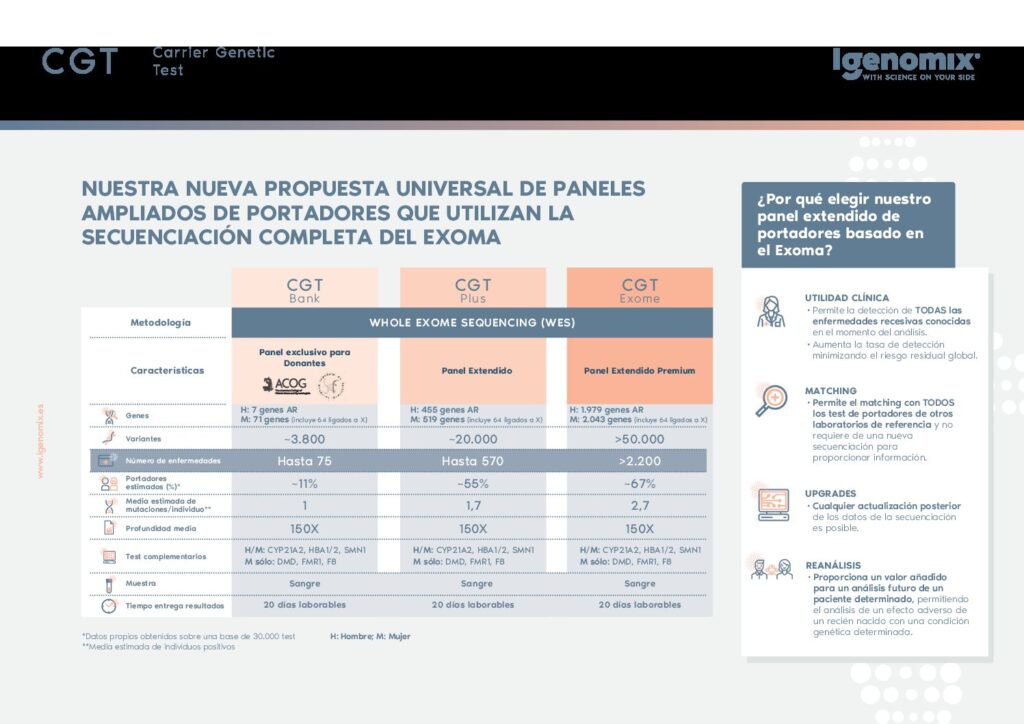Overview
-
Arthrogryposis or arthrogryposis multiplex congenita (AMC) is a group of nonprogressive conditions characterized by multiple joint contractures found throughout the body at birth. It usually appears as a feature of other neuromuscular conditions or part of systemic diseases. Primary cases may present prenatally with decreased fetal movements associated with joint contractures as well as brain abnormalities, decreased muscle bulk and polyhydramnios whereas secondary causes may present with isolated contractures. Congenital Myasthenic Syndromes (CMS) are a clinically and genetically heterogeneous group of disorders characterized by impaired neuromuscular transmission. Clinically they usually present with abnormal fatigability upon exertion, transient weakness of extra-ocular, facial, bulbar, truncal or limb muscles. Severity ranges from mild, phasic weakness, to disabling permanent weakness with respiratory difficulties and ultimately death. The mode of inheritance of these diseases typically follows and autosomal recessive pattern, although dominant forms can be seen.
-
The Igenomix Arthrogryposis and Congenital Myasthenic Syndrome Precision Panel can be as a tool for an accurate diagnosis ultimately leading to a better management and prognosis of the disease. It provides a comprehensive analysis of the genes involved in this disease using next-generation sequencing (NGS) to fully understand the spectrum of relevant genes involved, and their high or intermediate penetrance.
Indication
- The Igenomix Arthrogryposis and Congenital Myasthenic Syndrome Precision Panel is used for patients with a clinical suspicion or diagnosis with or without the following symptoms:
- Limb deformities: compression, absent patella, dislocated radial heads etc
- Connective tissue abnormalities: pterygium, shortening, webs etc
- Facial deformities: asymmetry, flat nasal bridge, hemangioma
- Jaw deformities
- Scoliosis
- Facial deformities
- Hernias
- Seizures
- Joint contractures
- Fatigable weakness at birth affecting ocular and other cranial muscles: ocular, bulbar, limb muscles
- Respiratory insufficiency with sudden apnea
- Feeding difficulties
- Positive family history of congenital myasthenic syndrome
Clinical Utility
The clinical utility of this panel is:
- The genetic and molecular confirmation for an accurate clinical diagnosis of a symptomatic patient.
- Early initiation of treatment involving a multidisciplinary team focusing on intensive physiotherapy and rehabilitation, bracing and surgical interventions and medical care with acetylcholinesterase inhibitors.
- Risk assessment of asymptomatic family members according to the mode of inheritance via genetic counselling.
- Improvement of delineation of genotype-phenotype correlation given the variability of severity and course of disease.
References
Niles, K. M., Blaser, S., Shannon, P., & Chitayat, D. (2019). Fetal arthrogryposis multiplex congenita/fetal akinesia deformation sequence (FADS)-Aetiology, diagnosis, and management. Prenatal diagnosis, 39(9), 720–731. https://doi.org/10.1002/pd.5505
Bamshad, M., Van Heest, A. E., & Pleasure, D. (2009). Arthrogryposis: A review and update. Journal of Bone and Joint Surgery, 91(Supplement_4), 40-46. doi:10.2106/jbjs.i.00281
Ravenscroft, G., Clayton, J. S., Faiz, F., Sivadorai, P., Milnes, D., Cincotta, R., Moon, P., Kamien, B., Edwards, M., Delatycki, M., Lamont, P. J., Chan, S. H., Colley, A., Ma, A., Collins, F., Hennington, L., Zhao, T., McGillivray, G., Ghedia, S., Chao, K., … Davis, M. R. (2020). Neurogenetic fetal akinesia and arthrogryposis: genetics, expanding genotype-phenotypes and functional genomics. Journal of medical genetics, jmedgenet-2020-106901. Advance online publication. https://doi.org/10.1136/jmedgenet-2020-106901
Farmakidis, C., Pasnoor, M., Barohn, R. J., & Dimachkie, M. M. (2018). Congenital Myasthenic Syndromes: a Clinical and Treatment Approach. Current treatment options in neurology, 20(9), 36. https://doi.org/10.1007/s11940-018-0520-7
Rodríguez Cruz, P. M., Palace, J., & Beeson, D. (2018). The Neuromuscular Junction and Wide Heterogeneity of Congenital Myasthenic Syndromes. International journal of molecular sciences, 19(6), 1677. https://doi.org/10.3390/ijms19061677
Finsterer J. (2019). Congenital myasthenic syndromes. Orphanet journal of rare diseases, 14(1), 57. https://doi.org/10.1186/s13023-019-1025-5
Engel A. G. (2018). Genetic basis and phenotypic features of congenital myasthenic syndromes. Handbook of clinical neurology, 148, 565–589. https://doi.org/10.1016/B978-0-444-64076-5.00037-5
Engel A. G. (2018). Congenital Myasthenic Syndromes in 2018. Current neurology and neuroscience reports, 18(8), 46. https://doi.org/10.1007/s11910-018-0852-4
Abicht, A., Müller, J., S, & Lochmüller, H. (2003). Congenital Myasthenic Syndromes. In M. P. Adam (Eds.) et. al., GeneReviews®. University of Washington, Seattle.
Hall, J. G. (2014). Arthrogryposis (multiple congenital contractures): Diagnostic approach to etiology, classification, genetics, and general principles. European Journal of Medical Genetics, 57(8), 464-472. doi:10.1016/j.ejmg.2014.03.008




